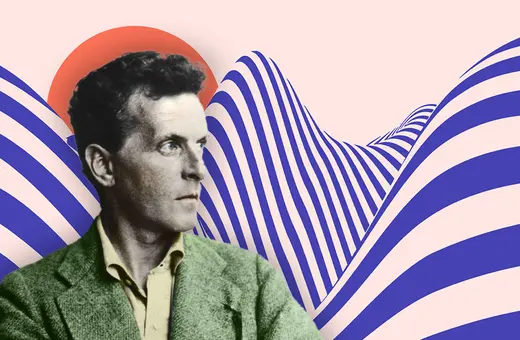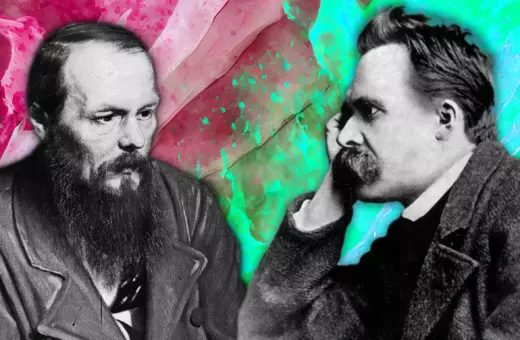Tucked away amongst Friedrich Nietzsche's unpublished manuscripts is a small fragment of text, neatly enclosed in quotation marks: "I have forgotten my umbrella." The remark stands on its own, devoid of contextualising information and just as perplexing to the Nietzsche devotee as it is to the lay philosopher. In his slim volume Spurs: Nietzsche's Styles, Jacques Derrida interrogates this fragment for every shred of meaning - or not-meaning - it may hold, leading readers through a labyrinth of possibilities:
“Could Nietzsche have disposed of some more or less secret code, which, for him or for some unknown accomplice of his, would have made sense of this statement?”
Or perhaps,
“What if Nietzsche himself meant to say nothing, or [at] least not much of anything, or anything whatever? Then again, what if Nietzsche was only pretending to say something? In fact, it is even possible that it is not Nietzsche's sentence...”
Almost gleefully, Derrida references scholars who, convinced that Nietzsche's words represent "an aphorism of some significance," are confounded at every turn. Frustrations around the essential unknowability of this text are perhaps compounded by the prosaic nature of the object in question, for, as Derrida writes,
“Everyone knows what "I have forgotten my umbrella" means. I have... an umbrella. It is mine. But I forgot it.”
Likewise, everyone who knows what "I have forgotten my umbrella" means also knows what "umbrella" means. But what the word signifies is quite another question.
The philosophy of umbrellas is a curious and little-studied field. For the most part its existence is fleeting, glimpsed in unexpected moments, lurking – much like an umbrella – just out of sight in a novel, or glancingly addressed in an essay before the writer's attention turns elsewhere: a subject to be pieced together from centuries'-worth of casual mentions. Derrida's Spurs contains one of the most, if not the most, sustained interrogations of umbrella-meaning in Western literature. But he is not entirely alone. A handful of writers and essayists have turned their attentions to the objects with varying ratios of vigour, humour and style, adding a rich seam of philosophical enquiry to the curious - and diverse - history of the umbrella.
So what meaning, exactly, is to be found in an umbrella? For many, an umbrella is nothing more or less than its (highly distinctive) shape. Derrida was particularly concerned with the form of an umbrella - specifically a closed umbrella. He memorably described it as "the hermaphroditic spur... of a phallus which is modestly enfolded in its veils, an organ which is at once aggressive and apotropaic, threatening and/or threatened." This description of an umbrella as both masculine and feminine is an unusual one; in art and literature, most sexual allusions to umbrellas riff exclusively on their somewhat phallic appearance when closed. And while a closed umbrella can remind us of many other forms - walking stick, sword, lance, gun, club, wand, staff - all are haunted with the implied violence Derrida references, that of spur-like objects which "might be used in a vicious attack" or indeed "as protection against the threat of such an attack, in order to keep it at a distance, to repel it..."
___
"The philosophy of umbrellas is a curious and little-studied field. For the most part its existence is fleeting, glimpsed in unexpected moments, lurking – much like an umbrella – just out of sight"
___





















Join the conversation